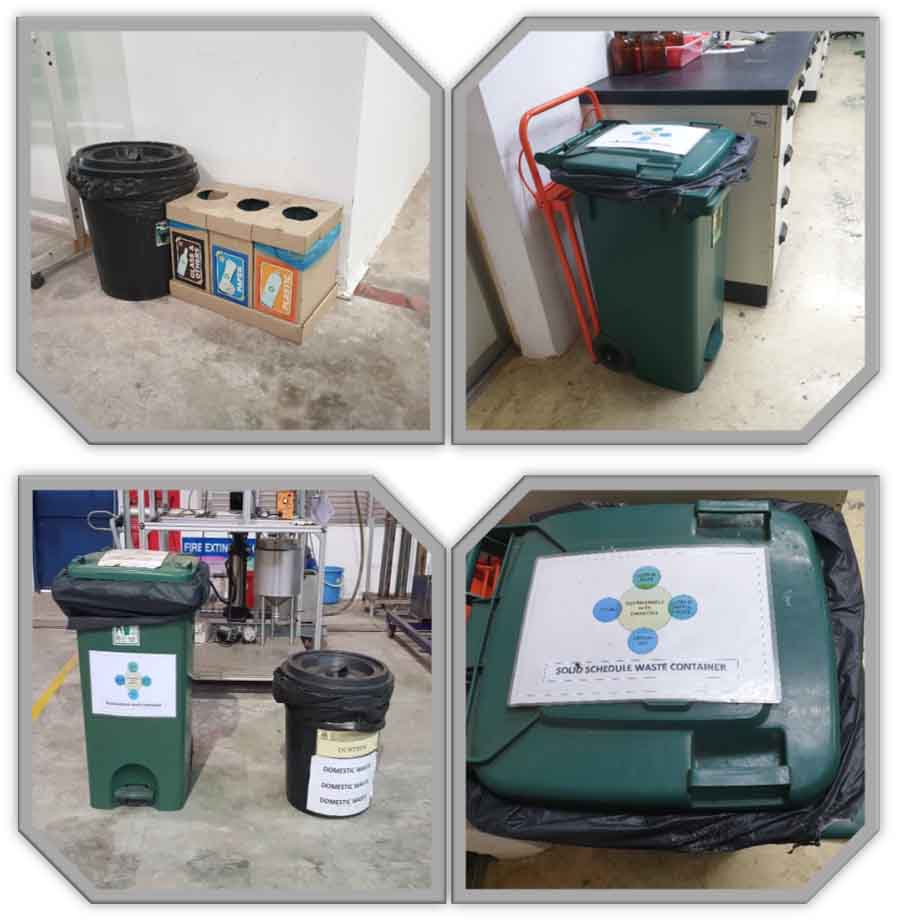Schedule Waste Management
What is scheduled waste??
Scheduled waste is any wastes that possess hazardous characteristics and have the potential to adversely affect to the public health and environment. There are 77 types of scheduled wastes listed under First Schedule of Environmental Quality (Scheduled Wastes) Regulations 2005 and the management of wastes shall be in accordance with the provisions of the above Regulations.
What is the main effect in the event of illegal dumping of scheduled wastes?
- Pollute watercourse, ground water, the atmosphere and land
- Toxic to human, plant and other organisms
- Health impact such as cancer
- Damage to skin and body tissues
Fire outbreak at dumping site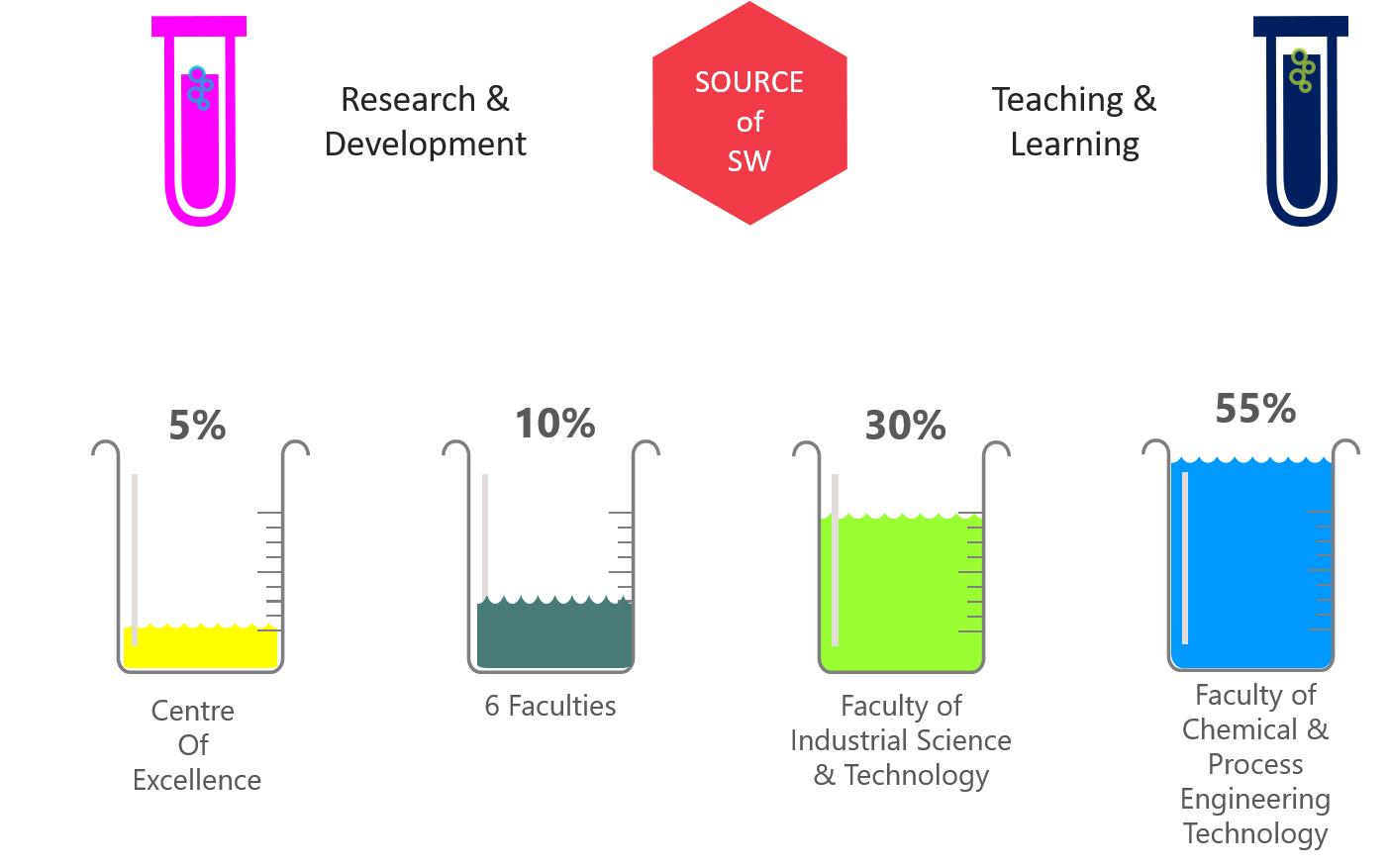
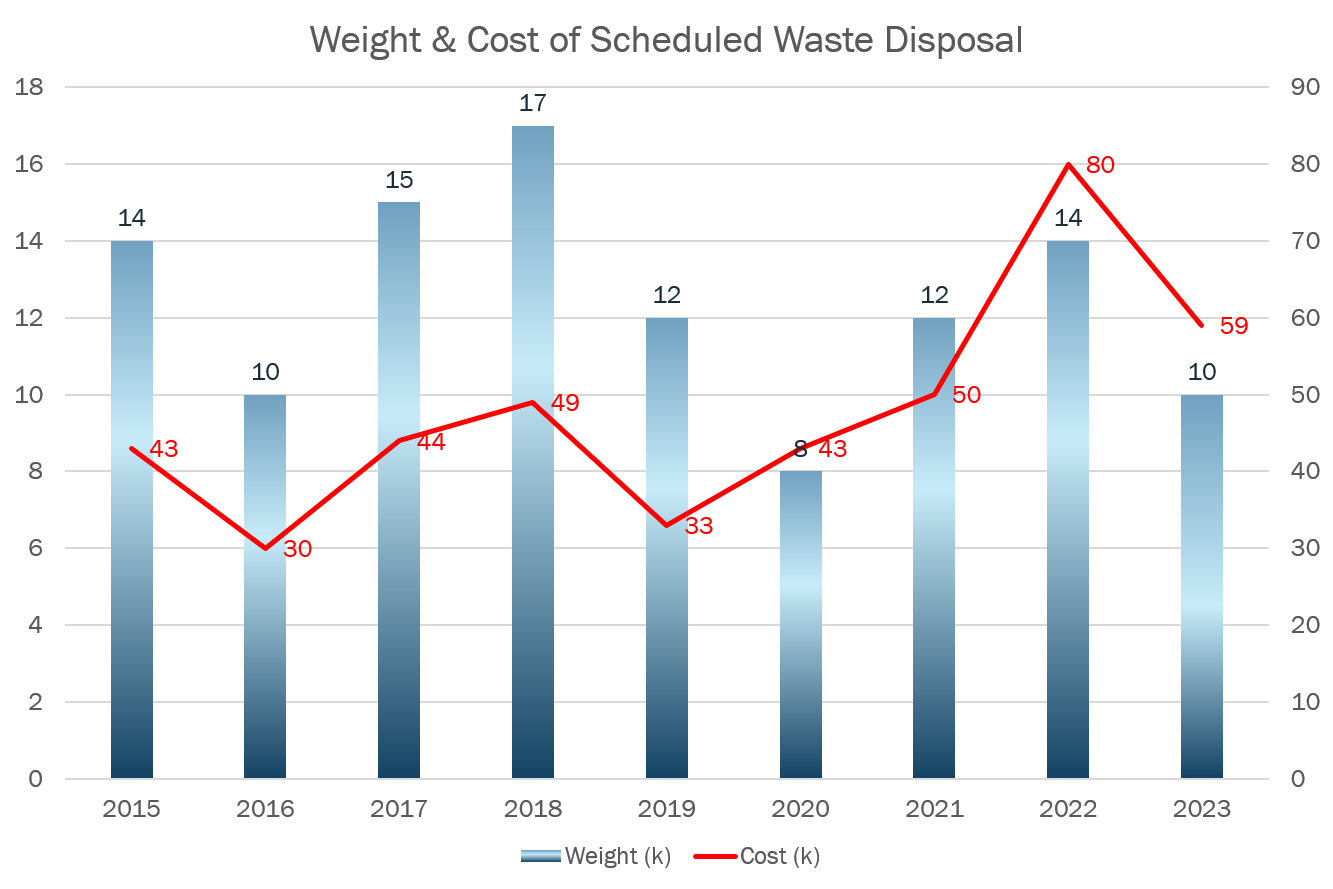
HANDLING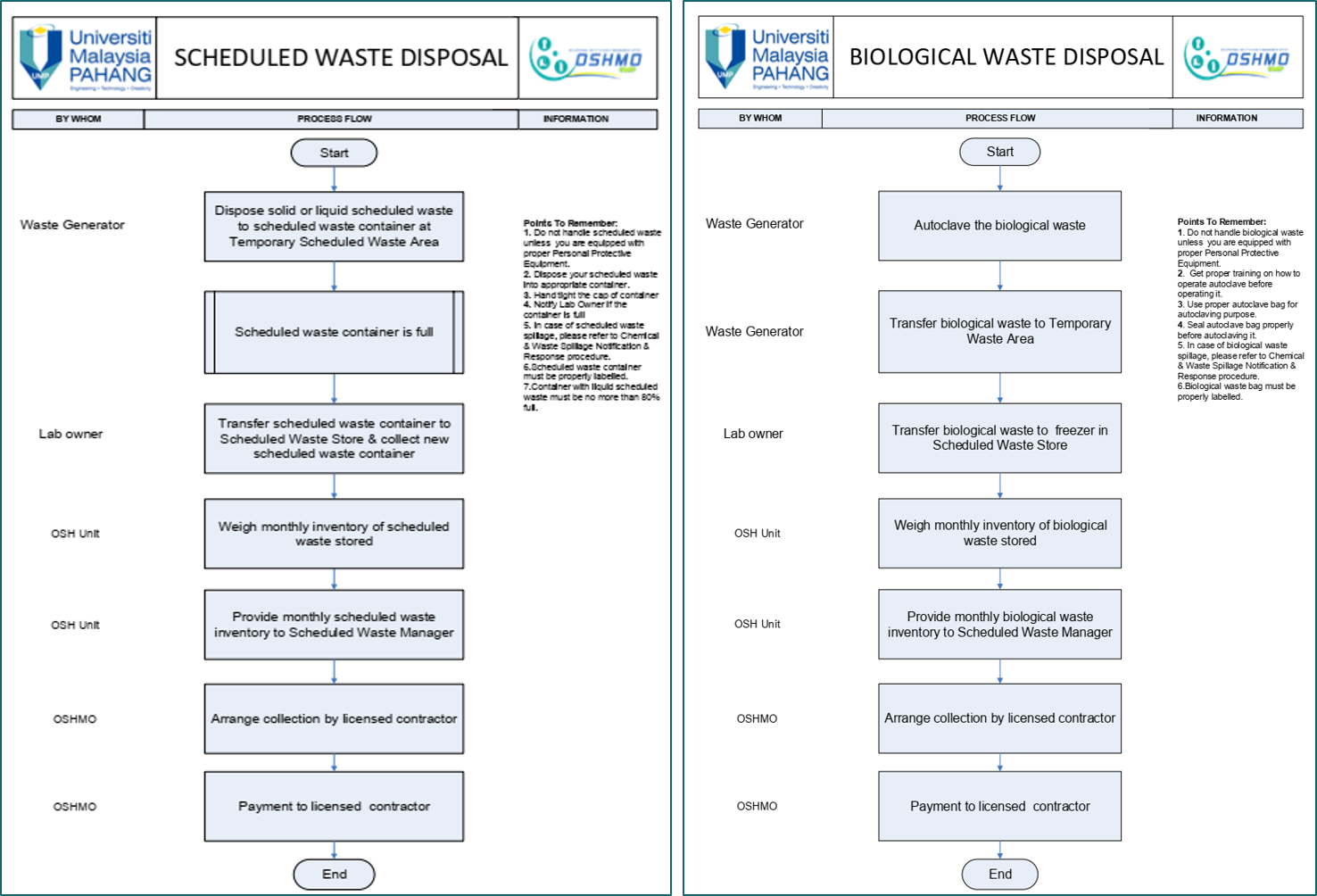
INCOMPATIBLE SW
Specified in the Fourth Schedule of the Regulation
Example :
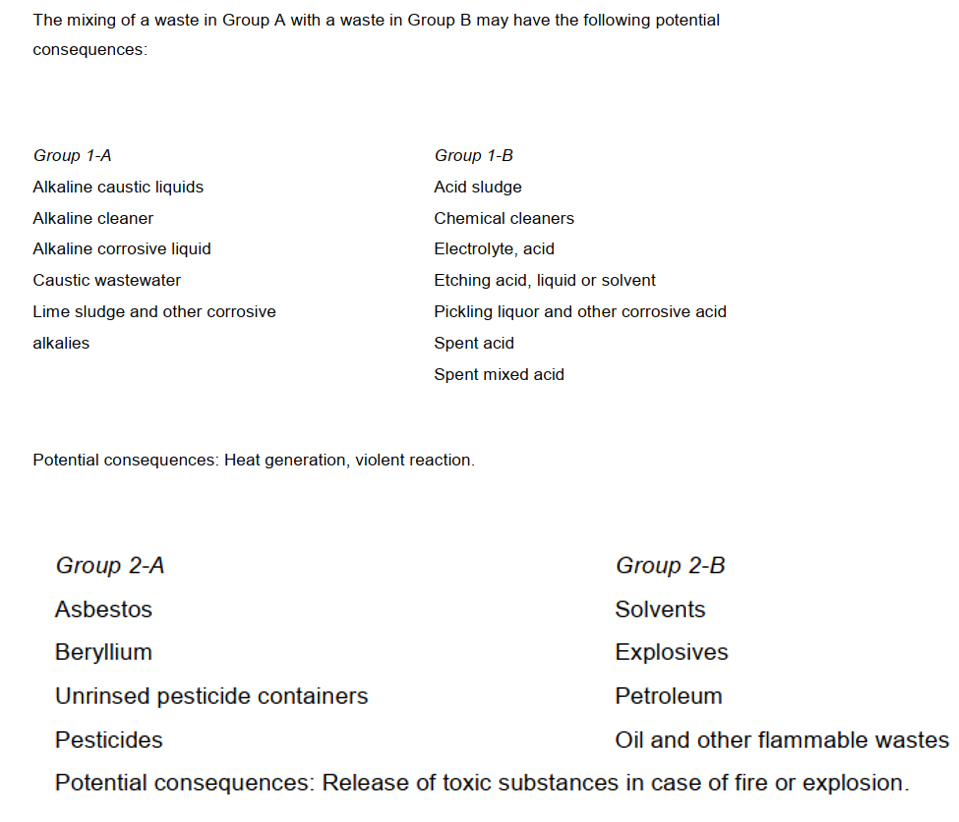
- SW should be handled similar to other chemicals. Every relevant safety precaution must be made to ensure safe handling of SW.
- Appropriate PPE should be used when handling SW.
- Waste generator need to ensure that only ¾ of the SW container is filled with SW.
- SW must never be disposed of onto the earth or by evaporation in a fume hood. Fume hoods are there as a safety equipment, not a disposal chamber.
PACKAGING AND LABELlNG
- Container – compatible, durable
- Incompatible SW shall be stored in separate containers, and such containers shall be placed in separate secondary containment areas.
- Storage material made from plastic – corrosion free
- For identification and warning purposes, containers of SW shall be clearly labelled in accordance with the Third Schedule of the Regulation and marked with the SW code
- In the case of waste capable of causing two or more hazards, all the hazards must be clearly identified and the waste shall be labelled accordingly.
SCHEDULED WASTE STORAGE
- SW Containers shall always be closed during storage except when it is necessary to add or remove the SW.
- Area for the storage of the SW containers shall be designed, constructed and maintained adequately in accordance with the guidelines prescribed by the government to prevent spillage or leakage of SW into the environment.
- A storage designated area in the waste generator’s PTj shall be located away from the main activity area and area of human activities.
- The storage area should be designed to provide 25% extra storage capacity of the actual maximum amount of waste generated and storage duration for not more than 180 days.
- The entire storage area must be fenced-in and regarded as restricted area.
- Adequate signage should be put up clearly and visible with the word “DANGER” and “SCHEDULED WASTES STORAGE”. Other information must also be posted outside the store for communication purpose, for example unauthorized personnel should keep out, PPE signage, Risk Assessment of the activity conducted, hazard of the SW, person in charge’s name and phone number and many more.
- Empty SW container should be stored separately from containers containing SW to prevent confusion.
- Storage area should have adequate ventilation to prevent accumulation of hazardous gas.
- The floor of the storage area and loading and unloading area must be covered with concrete or any suitable lining material, free of cracks and gaps to contain any spillage.
- The storage area should be properly managed to prevent rain water or surface water from entering the storage area.
- The entire storage area should be surrounded by a concrete dike or other equivalent structure designed to contain any spillage of the waste under the worst case scenario. 110% x volume of largest container = containment capacity
- Separate compartments should be provided for different groups of incompatible wastes.
- Containers should be stored with an ample aisle space between groups of containers to allow for free movement of personnel
- Inspection of the stored SW shall be carried out on monthly basis
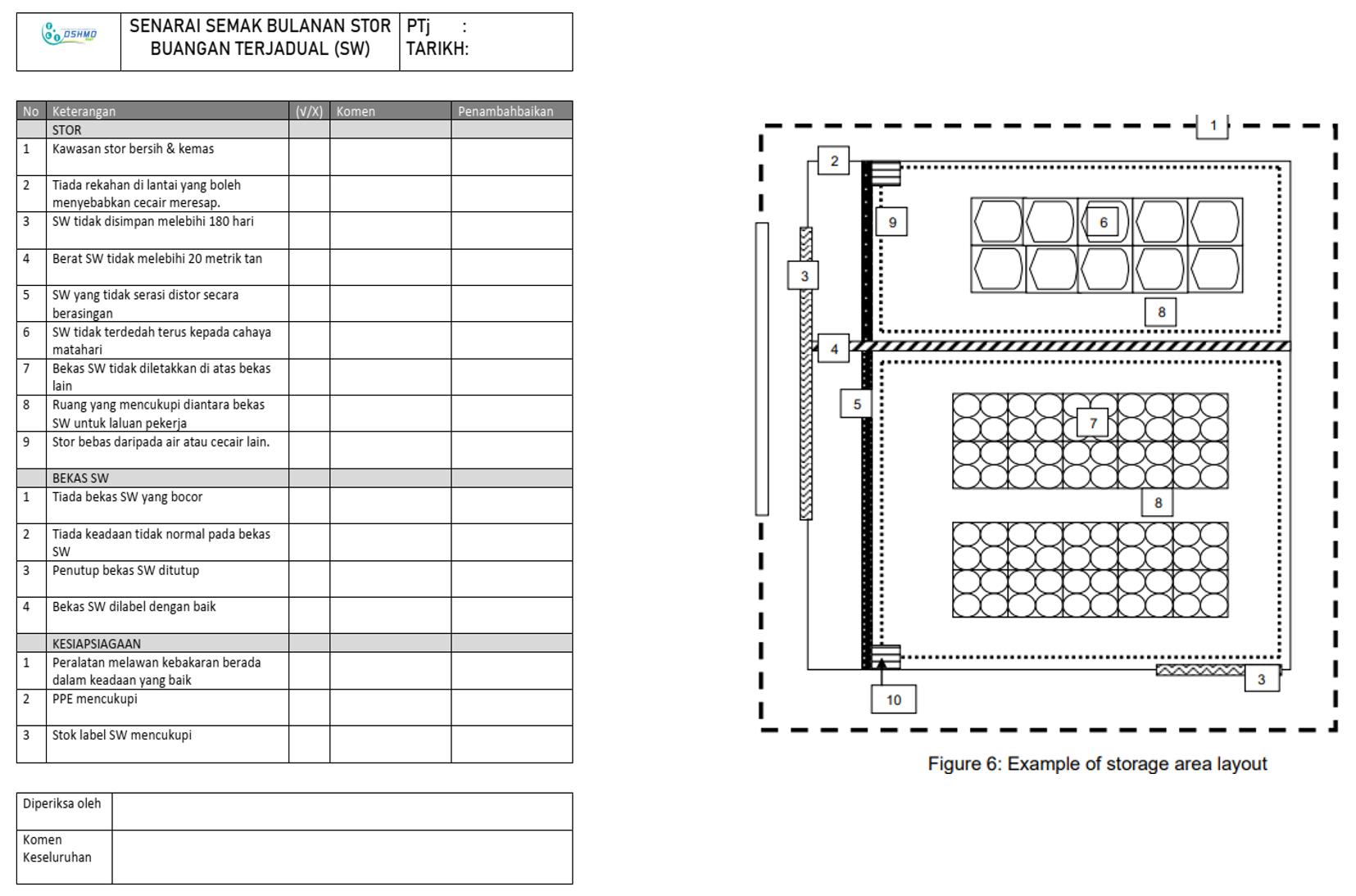
Emergency equipment
- Waste generator must provide technical expertise to assist in the clean-up operation in case of any spillage.
INVENTORY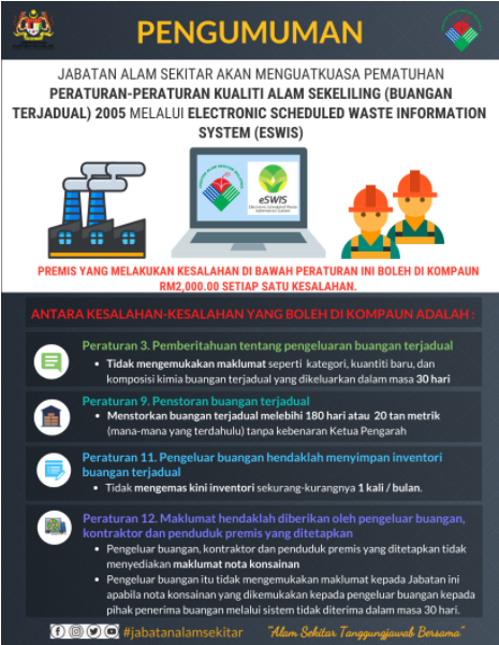
REGISTERED IN ESWIS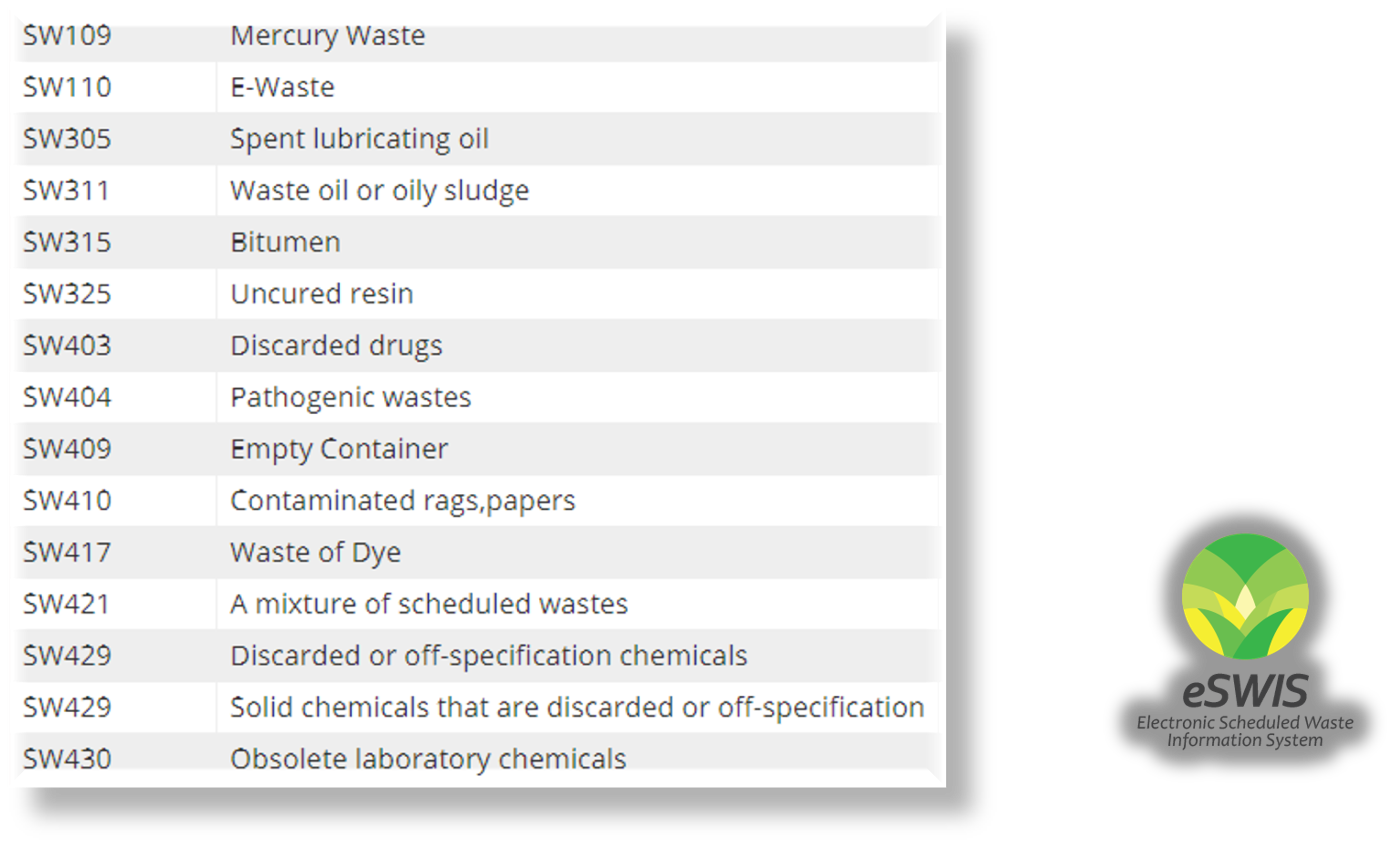 DISPOSAL
DISPOSAL
- Disposal will be coordinated for all PTJs once every four (4) months or if the entire storage exceeds 20 metric tons, whichever come first.
- Consignment note will be prepared by JKPBKSBT based on monthly inventory provided by PIC. Consignment note must be prepared before contractor collect the SW for disposal.
- Containers to be transported for disposal shall be fastened securely on a good conditioned pallet. The drums shall be secured with appropriate plastic wrapping or other suitable method.
BIOLOGICAL WASTE
- Sharp waste, liquid bio waste, solid bio waste
- use only yellow plastic bag for bio waste
- Do not fully tighten plastic bag using cable tight before autoclave. Do so after the waste has been autoclaved.
- Biological wastes must not be stored with other SW unless those waste is properly separated by barriers.
SHARP WASTE BIN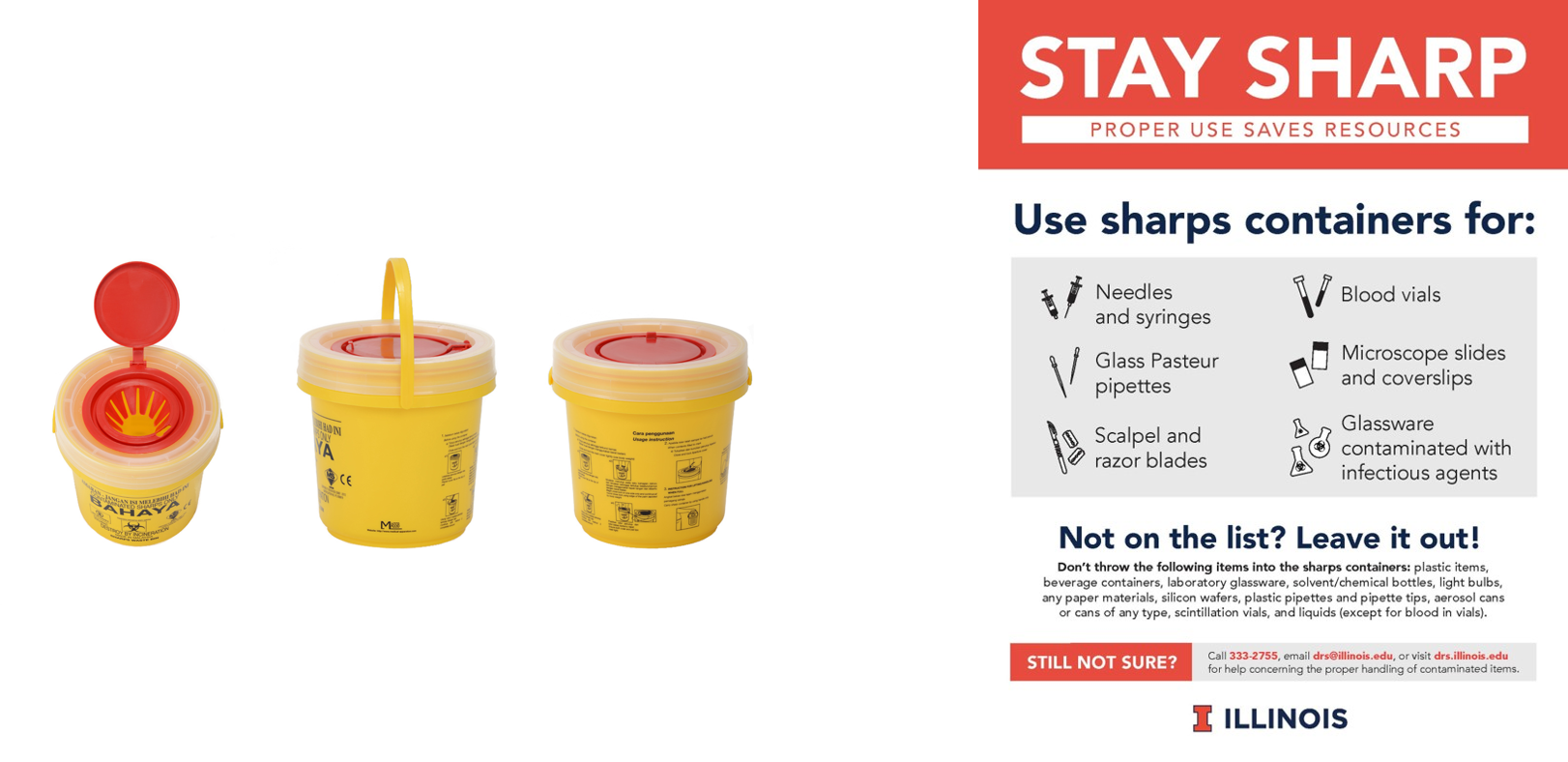
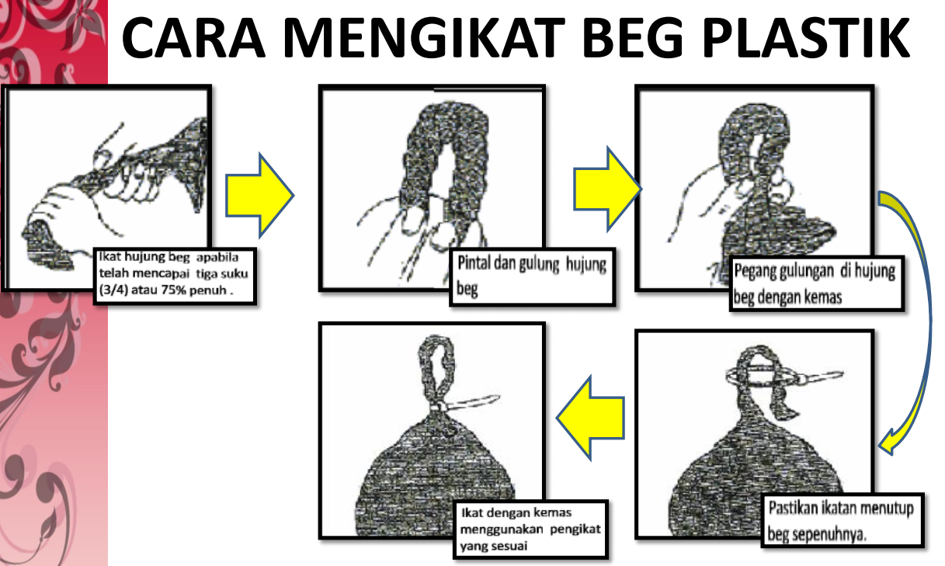
SEGREGATION OF SOLID SW
